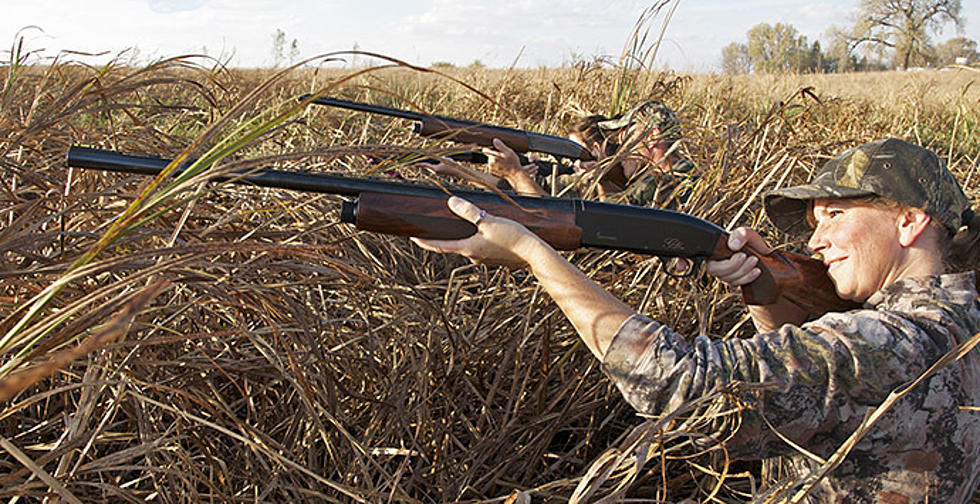
A Surprise. There Are More Pheasants
In 2017 the Minnesota Department of Natural Resources announced a 26% decrease in the pheasant index from 2016 and a decrease of 62% in the long term average. Things have turned around a bit in 2018. The DNR reports today that the 2018 roadside survey shows a 19% increase in the overall pheasant index from 2017. This figure is still 52% below the long term average. But it is better news that last years news.
Lindsey Messinger a biologist with the DNR said that is was surprising to see the uptick despite the snowstorms in April coupled with the heavy rainfall. Messinger speculates that the hens may have delayed nesting this year which could be one reason for the increase.
Besides weather, habitat is the key factor in pheasant populations. Minnesota peaked in nesting habitat acres, particularly CRP acres in 20007 but that number has been declining ever since.
More From KRFO-AM







